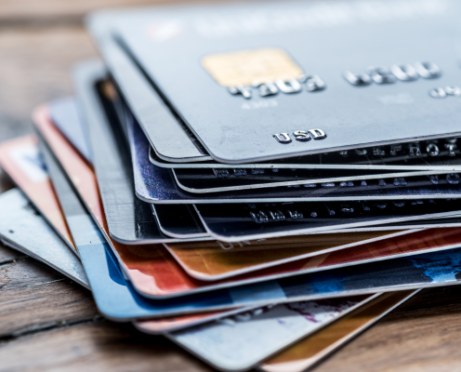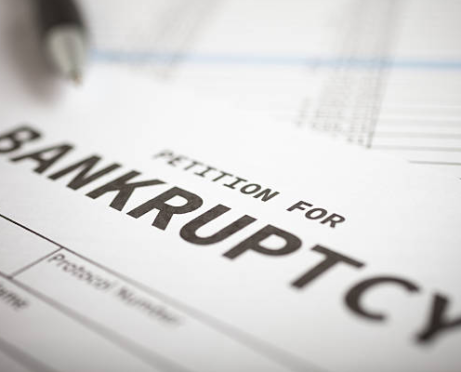
If you have multiple forms of unsecured debt, you might be wondering whether there’s a process to simplify those payments. As it turns out, there is a way: debt consolidation.
In fact, more people seek debt consolidation loans than other personal loan types, according to a study from Bankrate. Additionally, borrowers often see an increase in their credit score and reduce their bank-card debt after consolidation, according to a study from TransUnion.
But what is debt consolidation exactly? And how does debt consolidation work?
What Is Debt Consolidation?
Debt consolidation is the process of using new debt to replace multiple existing debts. Often, consumers can consolidate their existing high interest credit card debts and potentially other high interest debts into a new debt with more favorable terms. You replace multiple payments with a single fixed monthly payment.
“People often seek debt consolidation loans because they have various outstanding debts, usually consisting of multiple credit cards that carry high interest rates,” explains Michael Shea, a certified financial planner.
“The main reason to consolidate the debt is to have one payment and to get a lower interest rate. This can save you money. You should research a few different options to find the best option for your situation and understand the rates and fees involved,” Shea adds. This can help streamline the debt payoff process and make it more manageable.
Considers More Than Just Your Credit Score
So How Does Debt Consolidation Work?
There are several ways to consolidate your debt. First, there are debt consolidation loans that you can take out from places like your bank or through a personal loan provider like Upstart or Lending Tree.
Another method of debt consolidation is through a balance transfer. A balance transfer involves moving your high-interest credit card balances to one credit card with a lower interest rate — sometimes even zero percent.

That way, you can benefit from the lower interest rate and pay more toward the principal. There are specific cards that are designed with favorable terms for balance transfers, such as Chase Slate.
Consumers have additional options besides personal loans and credit card balance transfers for debt consolidation. They can also consider home equity loans, or even using a margin loan or 401(k) loan. These options may involve more risk, and are less commonly used, but may make sense in some situations.
Through debt consolidation, you are applying for new debt to cover your previous balances. Instead of having multiple balances with various interest rates, you’ll have one payment with one interest rate — hopefully a better one.
Should I Consolidate My Debt?
Though debt consolidation can make paying off debt more manageable, there are some things you should consider first.
The most important thing is to address the reason you got into debt in the first place. In some cases, a specific one-time event, like a major health issue, caused the debt. A debt consolidation loan can then help as we work through the financial damage.
In other cases it is simply spending beyond our means. Allowing for the latter, if you continue on in this way, and don’t address the root problem, you could end up in even more debt with a consolidation loan.

If you’re committed to getting out of debt, research various options for debt consolidation. It’s important to look at the interest rates and repayment terms. In some cases, the consolidation loan will lower your monthly payment, but lengthen your repayment term.
You should also read the fine print and see if there are any fees. If you go the balance-transfer route, there are typically transfer fees of 3 to 5 percent of your balance. On top of that, the lower interest rate is valid only for a certain period of time, so make sure to check how long it lasts.
Find Debt Relief Solutions Today
Using a loan to consolidate debt has advantages over using a balance transfer. A fixed rate loan will give you a level payment amount for a set term. You know exactly what you will pay and when the debt will be gone. You know exactly what you will pay in interest — and can figure out how much you will save by consolidating.
Especially for people who wouldn’t qualify for an extended-term zero interest balance transfer, this typically compares favorably to having variable interest rates and needing the discipline to make larger than minimum payments for a long time.
The Bottom Line
If you pursue debt consolidation, continue to make payments on all of your debts until you know that they are officially paid off. Once you get the debt consolidation loan or balance transfer, pay off all of your old remaining debts and get confirmation that your balances are zero. Then pay down your new debt and start going forward financially.
Whether you should consolidate your debt is a personal decision, and one that you should make after a lot of careful consideration. Weigh the pros, the cons, and most importantly, the costs. In some cases, debt consolidation could save you money. Start With a Free Consultation
Additional reporting by Ellie Schmitt.








